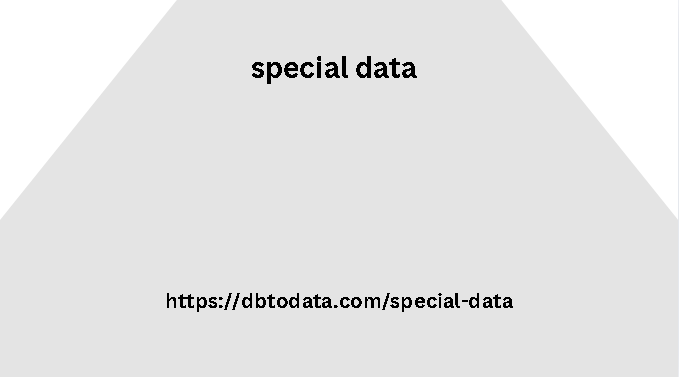Favorites This Q&A is part of Gov CIO Conversations.” Twice a month throughout 2018, we’ll be interviewing current and former federal, state, and local CIOs to get to know the people behind the titles. You’ll learn about the perks and challenges of their jobs, how they got to their current positions, what their biggest concerns are, how they bounce back from setbacks, and more.
Not all CIOs are created equal,
The job requirements vary greatly by organization, reporting structure, and CIO. NACAPUY: The biggest issue facing our state government is what I call digital literacy. We have four generations in our workforce. We don’t classify a generation of workers by age; we classify them by the technology they adopted when they first started working in the state.
When you think about the different
Generations of workers we have and the technology they adopted when they first started working in the state, you’re able to communicate botim database with those workers. I’ll give you an example. The four generations of computers are mainframe computers, personal computers, laptops. If you were in the mainframe computer era, then you think about the processes that were used back then.
Everything was written.
You would get a book with all the information crafting compelling meta titles descriptions and that you needed to follow step by step in order to process or complete a job. You didn’t necessarily know what the big picture was and why you had to go into the 50 steps of the mainframe computer rich data to issue this report. When personal computers came along, you had a different way of communicating.
There weren’t as many steps,
There were still a lot of manual processes. Then we moved to laptops, and then mobile devices. So if you think about the different generations, how we communicate with the four generations is very important. In the modern and digital age, a lot of people just want communication to be as simple as possible.

